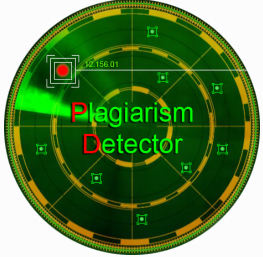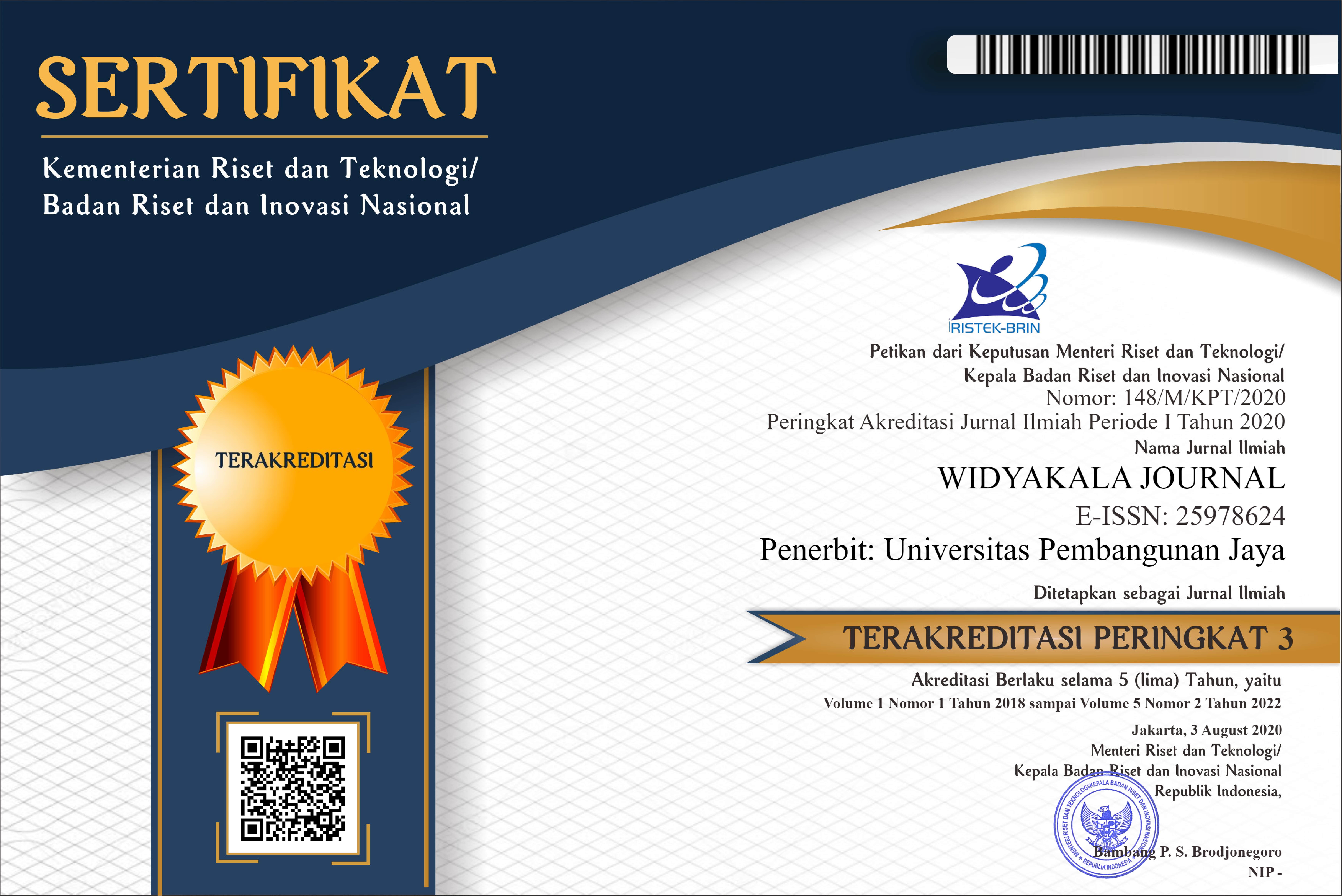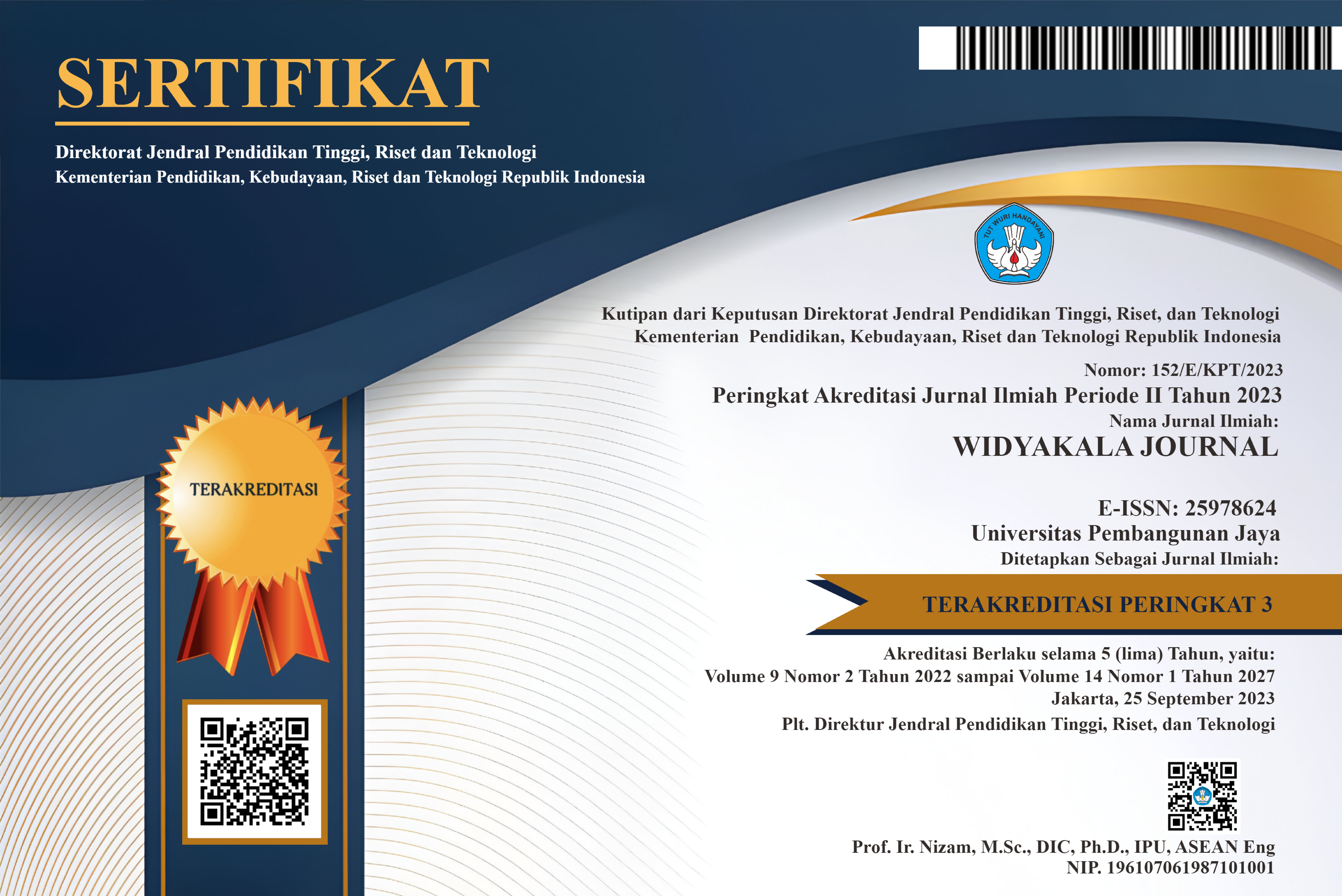Updated, March 2025
Investigation of Sick Building Syndrome (SBS) Through Student Perceptions of the Indoor Environmental Quality (IEQ) of School Building Near the Airport
Abstract
Keywords
Full Text:
PDFReferences
Ashrae. (2013). Ashrae 62.1-2013: Standard 62.1-2013 - Ventilation for Acceptable Indoor Air Quality (ANSI Approved): Ashrae.
Barclay, M., Kang, J., & Sharples, S. (2012). Combining noise mapping and ventilation performance for non-domestic buildings in an urban area. Building and Environment, 52, 68-76. doi:https://doi.org/10.1016/j.buildenv.2011.12.015
Bluyssen, P. M., Zhang, D., Kurvers, S., Overtoom, M., & Ortiz-Sanchez, M. (2018). Self-reported health and comfort of school children in 54 classrooms of 21 Dutch school buildings. Building and Environment, 138, 106-123. doi:https://doi.org/10.1016/j.buildenv.2018.04.032
Gamalia, A. N., Ekasiwi, S. N. N., & Samodra, F. X. T. B. (2023). Acoustical and ventilation performance of school building near airport area in relation to Indoor Environmental Quality (IEQ). IOP Conference Series. Earth and Environmental Science, 1157(1), 012005. doi:https://doi.org/10.1088/1755-1315/1157/1/012005
Groat, L. N., & Wang, D. (2013). Architectural Research Methods: Wiley.
Haddad, S., Synnefa, A., Ángel Padilla Marcos, M., Paolini, R., Delrue, S., Prasad, D., & Santamouris, M. (2021). On the potential of demand-controlled ventilation system to enhance indoor air quality and thermal condition in Australian school classrooms. Energy and Buildings, 238, 110838. doi:https://doi.org/10.1016/j.enbuild.2021.110838
Magiera, A., & Solecka, J. (2004). Environmental noise, its types and effects on health. (0035-7715 (Print)).
Moore, F. (1993). Environmental Control Systems: Heating, Cooling, Lighting: McGraw-Hill.
Morawska, L., Ayoko, G. A., Bae, G. N., Buonanno, G., Chao, C. Y. H., Clifford, S., . . . Wierzbicka, A. (2017). Airborne particles in indoor environment of homes, schools, offices and aged care facilities: The main routes of exposure. Environment International, 108, 75-83. doi:https://doi.org/10.1016/j.envint.2017.07.025
Passe, U., & Battaglia, F. (2015). Designing Spaces for Natural Ventilation: An Architect's Guide: Taylor & Francis.
Press, N. A. (2017). Assessing Aircraft Noise Conditions Affecting Student Learning-Case Studies.
Prianto, E., & Depecker, P. (2002). Characteristic of airflow as the effect of balcony, opening design and internal division on indoor velocity: A case study of traditional dwelling in urban living quarter in tropical humid region. Energy and Buildings, 34(4), 401-409. doi:https://doi.org/10.1016/S0378-7788(01)00124-4
Ritzel, D., & McCrary-Quarles, A. (2013). Hearing Loss Prevention and Noise Control.
Rostron, J. (2005). Sick Building Syndrome: Concepts, Issues and Practice: CRC Press.
Samodra, F. T. B., Irvansyah, & Erwindi, C. J. E. S. W. C. (2018). Standard review and update for tropical comfort shift of the built environment. 67, 04013.
Sirror, H., Labib, W., Abowardah, E., Metwally, W., & Mitchell, C. (2024). Sustainability in the Workplace: Evaluating Indoor Environmental Quality of a Higher Education Building in Riyadh. Buildings, 14(7), 2115. doi:https://doi.org/10.3390/buildings14072115
Soeta, Y., & Kagawa, H. (2020). Three dimensional psychological evaluation of aircraft noise and prediction by physical parameters. Building and Environment, 167, 106445. doi:https://doi.org/10.1016/j.buildenv.2019.106445
Steg, L., & de Groot, J. I. M. (2019). Environmental Psychology: An Introduction: Wiley.
Szokolay, S. V. (2008). Introduction to Architectural Science: The Basis of Sustainable Design: Elsevier/Architectural Press.
Tekin, Ö. F., & Arıkan, İ. (2023). EVALUATION OF THE RELATIONSHIP BETWEEN SICK BUILDING SYNDROME PREVALENCE AND INDOOR AIR QUALITY IN SCHOOLS. [Okullarda hasta bİna sendromu yayginliĞi İle İÇ ortam hava kalİtesİ arasindakİ İlİŞkİnİn deĞerlendİrİlmesİ]. ESTÜDAM Halk Sağlığı Dergisi, 8(1), 42-53. doi:10.35232/estudamhsd.1222791
Widyaningrum M. R., Febiyani, A., Munang, A. (2023). Analisis Kenyamanan Termal Ruang Kelas Sekolah Dasar Negeri 2 Sokaraja Tengah. Jurnal SENOPATI, 4, 77-84.
Yu, X., Zhang, Q., Kang, J., & Cui, F. (2017). Predicting integrated thermal and acoustic performance in naturally ventilated high-rise buildings using CFD and FEM simulation. Building Simulation, 11, 1-12. doi:10.1007/s12273-017-0423-7
DOI: https://doi.org/10.36262/widyakala.v12i2.1224
Refbacks
- There are currently no refbacks.
Copyright (c) 2025 WIDYAKALA JOURNAL : JOURNAL OF PEMBANGUNAN JAYA UNIVERSITY

This work is licensed under a Creative Commons Attribution-ShareAlike 4.0 International License.
Redaksi Jurnal Widyakala
Lembaga Penelitian dan Pengabdian Kepada Masyarakat (LP2M)
Universitas Pembangunan Jaya
Jalan Cendrawasih Raya Blok B7/P, Sawah Baru, Ciputat, 15413
Telp : 021-7455555 ext 1311
widyakala.journal@upj.ac.id


















